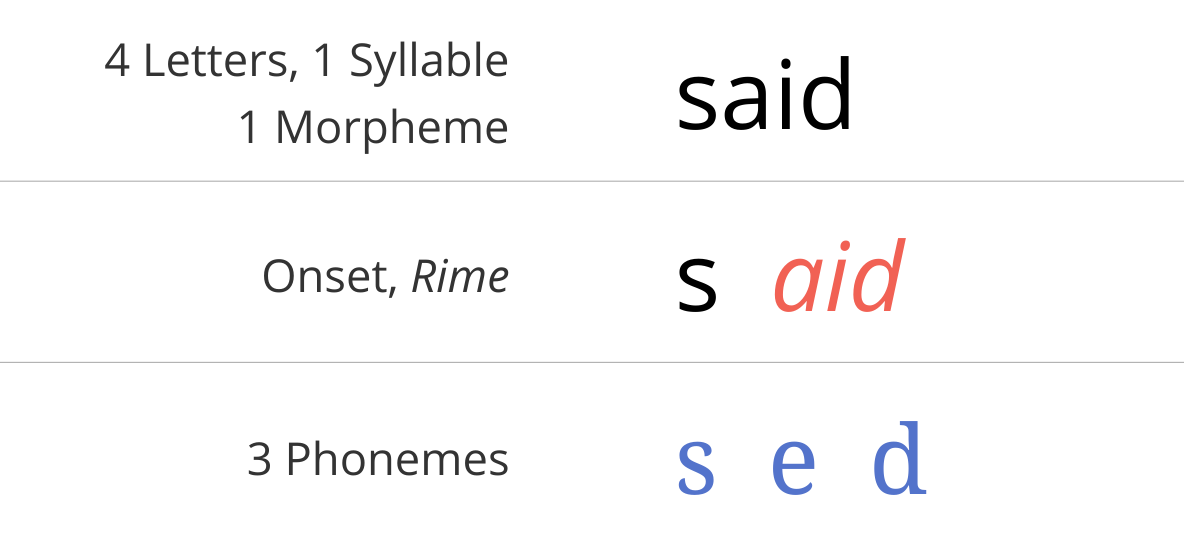Institutions of higher education are bracing for a crunch, if they aren’t experiencing one already. Slowing population growth, mounting skepticism of academia, and various other factors have provoked college leaders—at least perceptive ones—to craft novel strategies to navigate these perilous waters. Universities will be increasingly competing for a shrinking pool of customers in the years to come. How these institutions differentiate themselves and win over students will determine their ability to survive in the 21st century.
Universities, like firms in any stagnating market, will need to find new revenue sources or cut costs. There is no other way out of this conundrum. As Beth Akers, an economist studying higher education, has argued, the looming crunch may actually benefit students: “Higher education, the golden child of the movement to advance social mobility, has rested on its laurels and failed to incorporate innovations that will better serve students and our nation.” Necessity is the mother of invention. Declining revenues coupled with fierce competition may be what universities need to slash waste and deliver economic results for students.
Paying at the program level reduces the cross-subsidization implicit in charging a flat rate for all programs.In light of such shifts, a growing share of institutions are weighing the adoption of differential tuition (DT) policies. Conceptually, the model is simple. Instead of charging a flat rate for tuition regardless of major area or degree program, universities charge tuition based on the instructional costs of particular areas of study. Mechanical engineering majors, for instance, would likely pay higher tuition than English majors at a university implementing DT.
